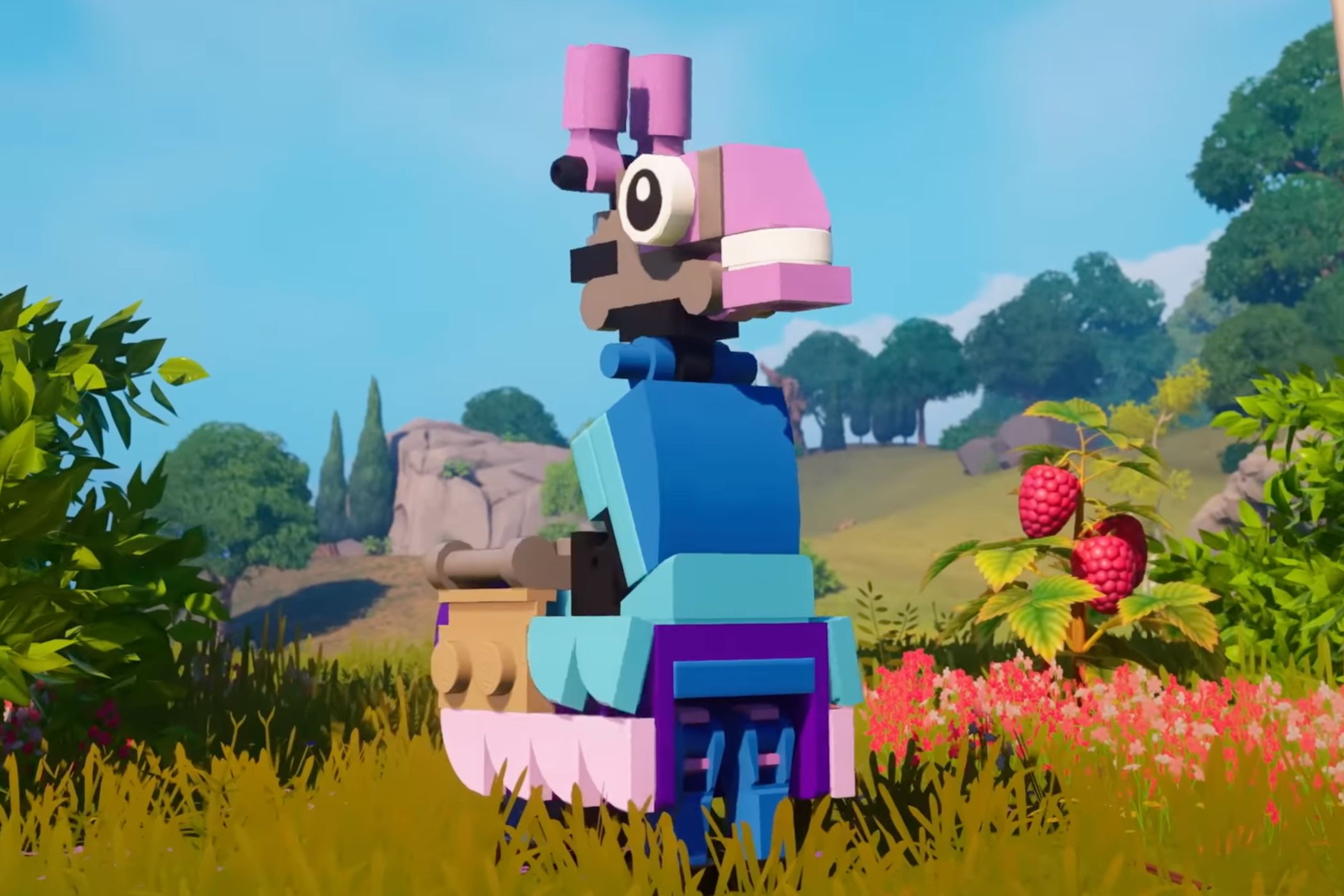Key Takeaways
- Live service games are hard to preserve due to a reliance on server-side infrastructure, causing many to disappear for good.
- Community demand can help preserve games, a good example of this is vanilla
World of Warcraft
(which itself is a live service game). - Rewriting code for offline mode is complex so legacy servers may not be feasible, but a combination of server-client failsafes can help preserve some titles where single player modes make sense.
On the surface, it seems like turning a live service video game into something that’s playable offline is easy. In reality, these live service games are far more complex and rely on server-side code that can’t be easily emulated offline. Live service games are hard to preserve, so many will disappear for good.
Live Service Games Are The Norm
Live service games are among the most polarizing video game topics. They’ve become so ubiquitous over the last few years because of an increasing number of game studios that have adopted the games-as-a-service model. From the days of Ultima Online back in 1997, live service games were proving profitable. It’s those roots that lead us to games like Halo Infinite or GTA Online.
However, there’s an unspoken idea that once a particular event or era has passed in these games, there’s no going back to the older versions. We can’t log in to our live service games and play a version of the game that’s outdated because the servers prevent us from doing so to ensure that everyone’s playing the same version of the game.
This is great from a balance perspective and it ensures a constant stream of new content, but it’s significantly worse from a preservation perspective.
Preserving Old Games Is a Big Deal
Some games can never be played again. Other games need emulators to run, since their hardware no longer exists. Offline games, though fraught with preservation issues of their own, can be saved. But what happens when we’re talking about games that depend on a server?
Players that bought The Crew got a rude awakening that the game they bought, paid for, and played would no longer be available in 2024, as servers shut down. There were still people interested in playing the game, but as it was (presumably) no longer profitable for its publisher, shutting down servers seemed like the path forward. There was no concern for the players who loved the game and still depended on the servers.
Eventually, The Crew got a glimmer of hope for resurrection with dedicated players going all-in to create a player-developed version of the game. This is no small task, and it’s likely they won’t get the rights to the name from Ubisoft. But it’s an example of how live service games can be preserved. But what if the game doesn’t have such a dedicated fan following?
An Unprecedented Preservation Challenge
Live service games are designed to change often and incorporate new “seasons” and “events” to get players to buy into the game and its collectibles. Games like Genshin Impact and Destiny 2 as well as every other server-based looter-shooter make big changes each season to tempt players back into the fold.
But this usually requires a huge update to the client. As anyone who has sat through a multi-gigabyte download at the start of each new season of a game knows, this is no small change. The update usually changes the client completely. Studios might back up previous versions in their entirety in some cases, but with seasons happening so quickly, it’s usually not their primary concern when running a live service game.
So, at the start of each new season, you’re playing a whole new game. What about the old version? Forget about it. You can’t get that back even if you want it. And even if you did, what would you do with it? Servers would prevent you from joining games as all the current-version players can’t play with you.
Live service games also age. In time, these games drop in popularity and their servers are no longer viable to the publisher. When they shut down, players are left in the same boat that The Crew‘s fans found themselves in. The game is dead and there’s nothing they can do about it.
These elements make preserving live service games a challenge that’s a lot more difficult than most gamers realize. Asking for “legacy” servers for a game will only give players the latest version of that game to release. Yet, that doesn’t stop some players from asking for just that. Having something is better than having nothing, after all.
Preserving Live Service Games is Good in Theory
One of the most recent pushes for live service game preservation is the Stop Killing Games petition to be presented to the European Union’s parliament. The measure hopes to force game publishers to stop orphaning their live service games when they are no longer profitable. While that’s a brave sentiment, it misses an important part of why preserving these games is difficult.
One of the things that the petition asks for is to force publishers to offer an “offline” mode in their live service games when they shut the servers down. Yet, on the back end, the sheer amount of code that would need to be rewritten to allow this is immense. These games are designed for server-to-client communication and asking to cut that, or enable private server hosting is almost as complex as asking the publisher to design the game again.
Is it possible? Sure. Is it likely? Definitely not.
Community Demand for Games Can Help Preservation Efforts
Massively multiplayer online role-playing games (MMORPGs) are some of the most popular live service games out there. Anyone who played the original iteration of World of Warcraft can attest to this. Yet, as Blizzard updated the title, the only (legal) way to play the game was to stick with the current version.
All the quirkiness of vanilla WoW was lost as the game went through its expansions. Yet, the desire from the community for vanilla WoW servers was there.
Eventually, Blizzard hosted servers allowing people to play classic WoW, along with some new quality-of-life updates to the client and a few things that made it more fun. Vanilla WoW is still a live service game, and the demand for it is what made its publisher resurrect it.
Unfortunately, it’s one of those titles that proves how hard it is to turn these games into single-player versions. No one would play a single-player vanilla WoW client, because a huge part of the game is community and interaction.
Unfortunately, There’s No Perfect Solution
The sad reality is that preserving some of these old games in their original format is next to impossible. We can show interest in games and have publishers resurrect servers, but success depends on very popular titles like World of Warcraft to get results. We can’t do much about this, but publishers can.
By looking at a hybrid model for their live service or server-client games, we could benefit from having games that can run offline. Switching off servers in that case might not be such a big deal, and many games already have fallbacks in place.
From Software titles like Elden Ringalready use a system that allows for a combination of offline or online play. Maybe having other publishers adopt this approach would make to easier for live service games to ride into the sunset.






